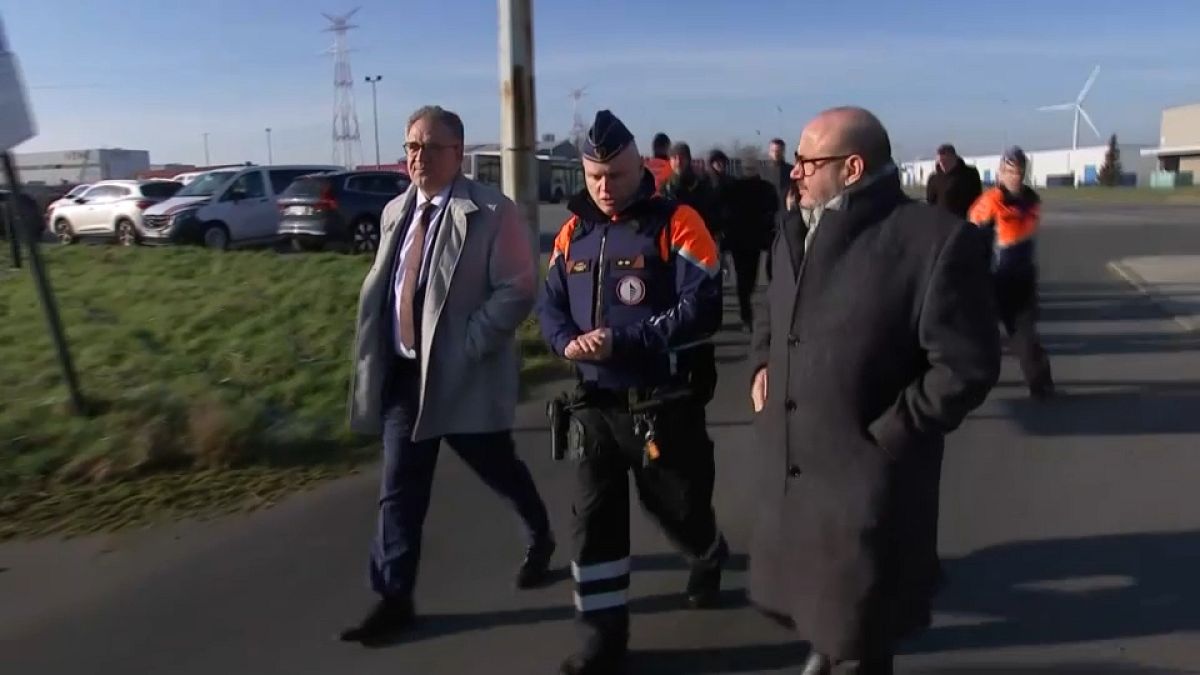Archaeologists discover ancient Roman basilica under office in London

The excavated remains in London consist of the Kentish limestone foundations of a massive two-story Roman basilica, where officials would have made key political and legal decisions.
Archaeologists have made an extraordinary discovery under an office block in London: the remains of the city’s first Roman basilica.
It’s been described as one of the most significant archaeological finds in the capital in recent years.
Dating back nearly 2,000 years to the late 70s or early 80s AD, the basilica was part of the Roman forum – Londinium’s administrative and social hub.
“The significance of this site is that the Roman basilica really was the commercial, social, and economic hub of London,” explains Andrew Henderson-Schwartz, the head of public impact at MOLA (Museum of London Archaeology), in a chat with Euronews Culture.
“It’s where you would go to do big business decisions and big business deals. It’s where you would go to have disputes resolved by a magistrate. It’s where you’d go to have discussions about the kind of decisions that could affect the changes that were happening to both Roman London and and wider Roman Britain.”
What’s been uncovered so far are the remarkably intact foundations of a two-storey building, nearly the size of an Olympic swimming pool.
Constructed between 78 and 84 A.D., the structure was erected just a few decades after Roman troops first invaded Britain and about 20 years after the destruction of Londinium by the forces of the Celtic warrior queen Boudicca.
As well as the walls, excavations have also revealed several artefacts, including a roof tile stamped with the mark of an official from the ancient city.
The developer, Hertshten Properties, which owns the site and holds planning permission for a new office tower, has committed to incorporating the ancient remains into the building’s design and showcasing them in a public visitor centre.
The display is expected to feature a glass floor, allowing visitors to view the basilica’s walls below, and will also include space for food stalls and markets.
“I think it’s important to preserve the past. Obviously, London is a rapidly developing city, and it’s great that we’re growing so quickly with so much development happening. But having these tangible links to the past helps us remember where we came from and gives us a sense of connection to those who came before us,” says Henderson-Schwartz.
With further excavations on the horizon, the archaeological team hopes to answer several questions, such as why the original forum was only used for 20 years before being replaced by a much larger one, which continued to serve the city until the collapse of Roman rule three centuries later.
World News || Latest News || U.S. News
Source link



